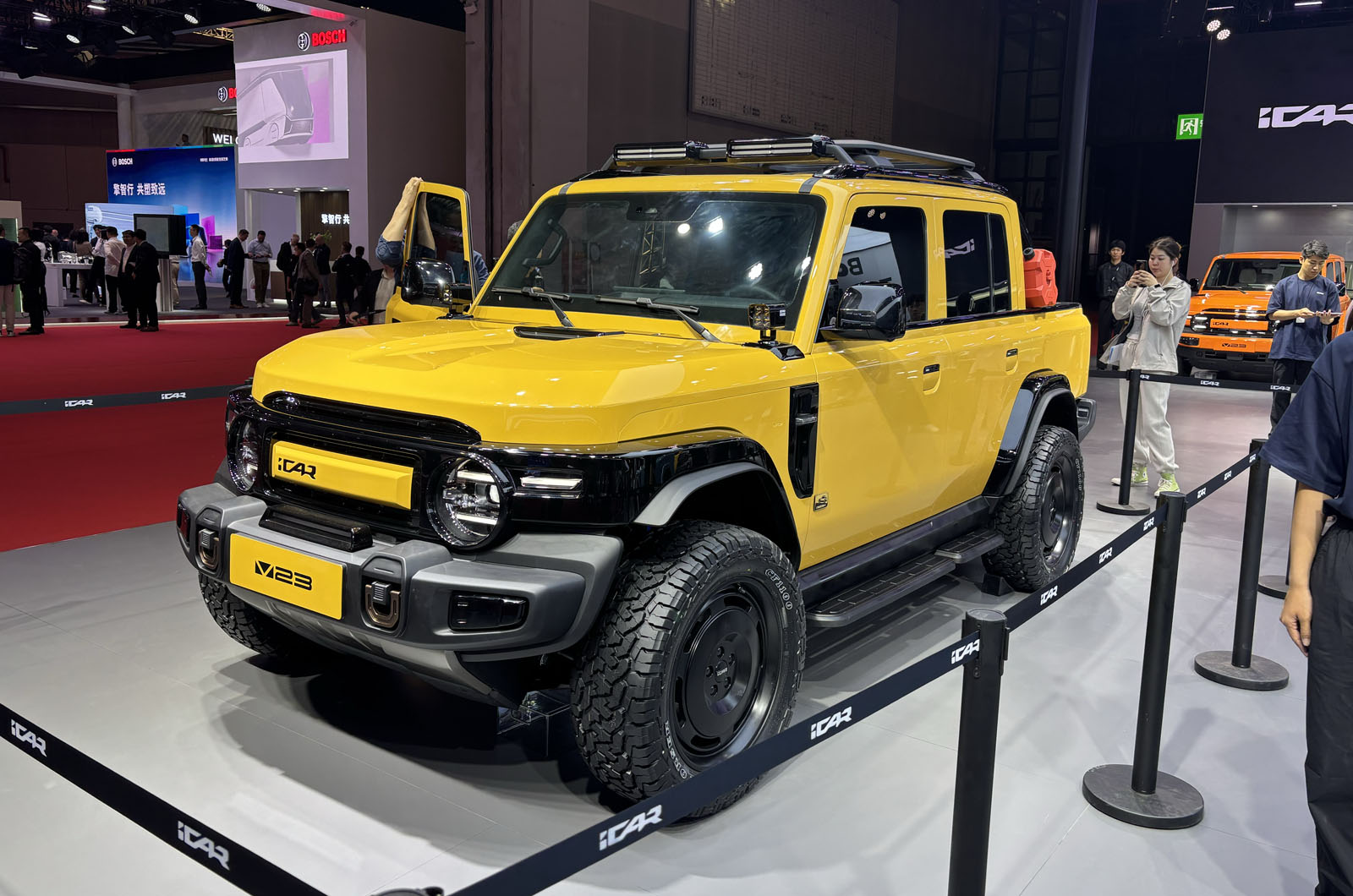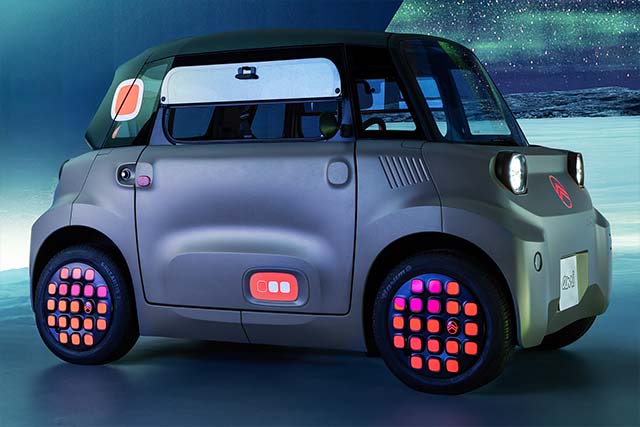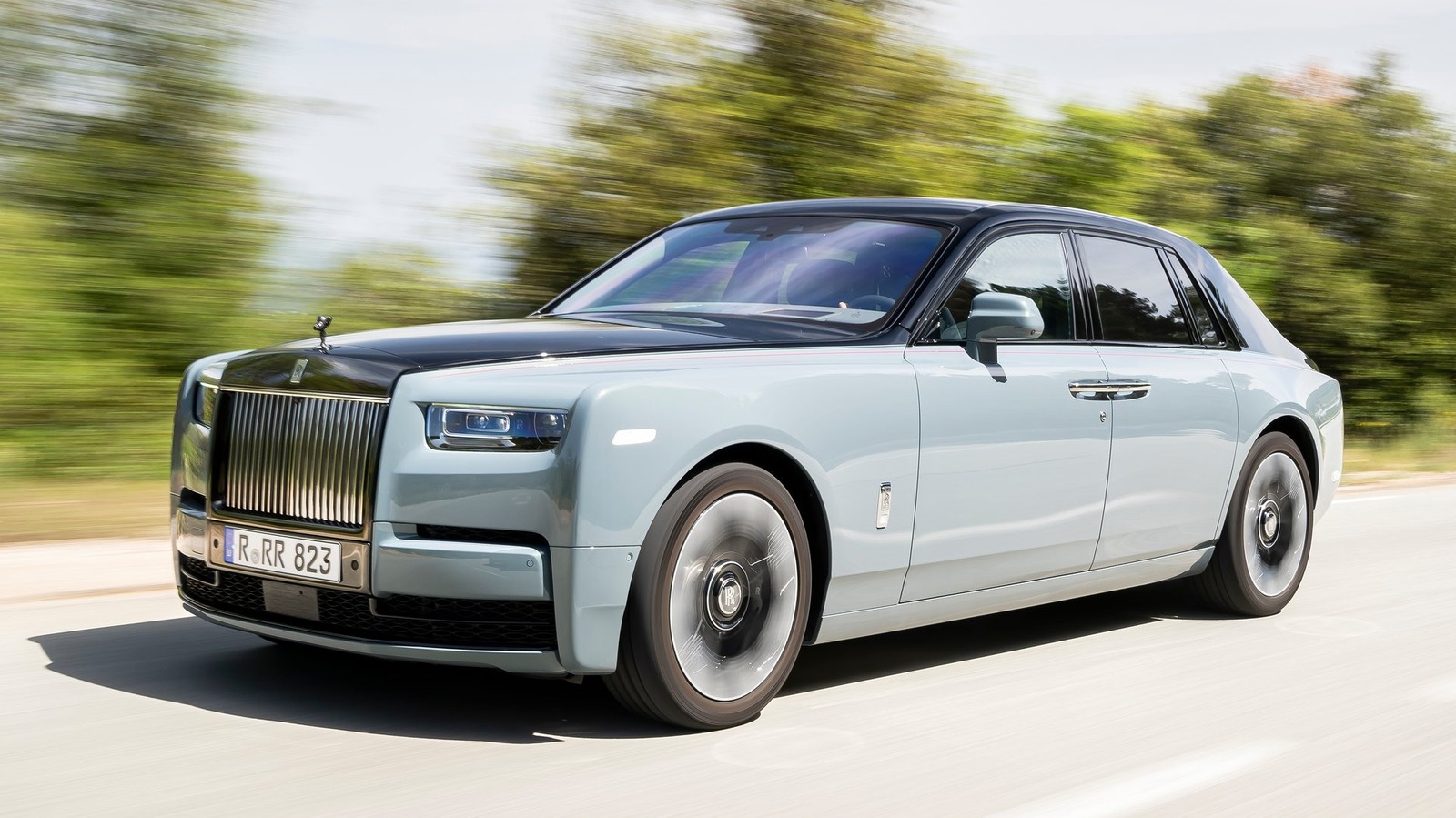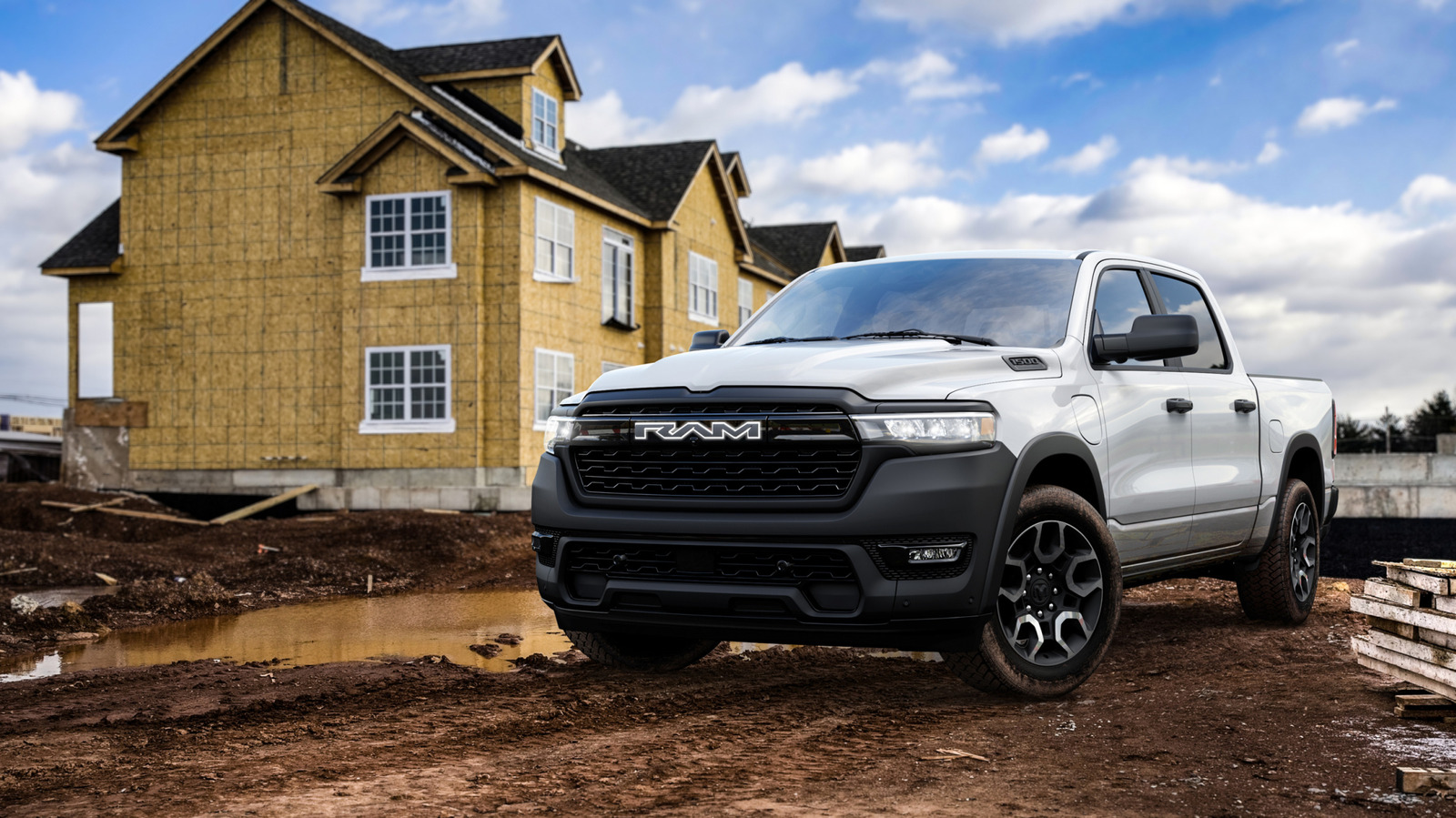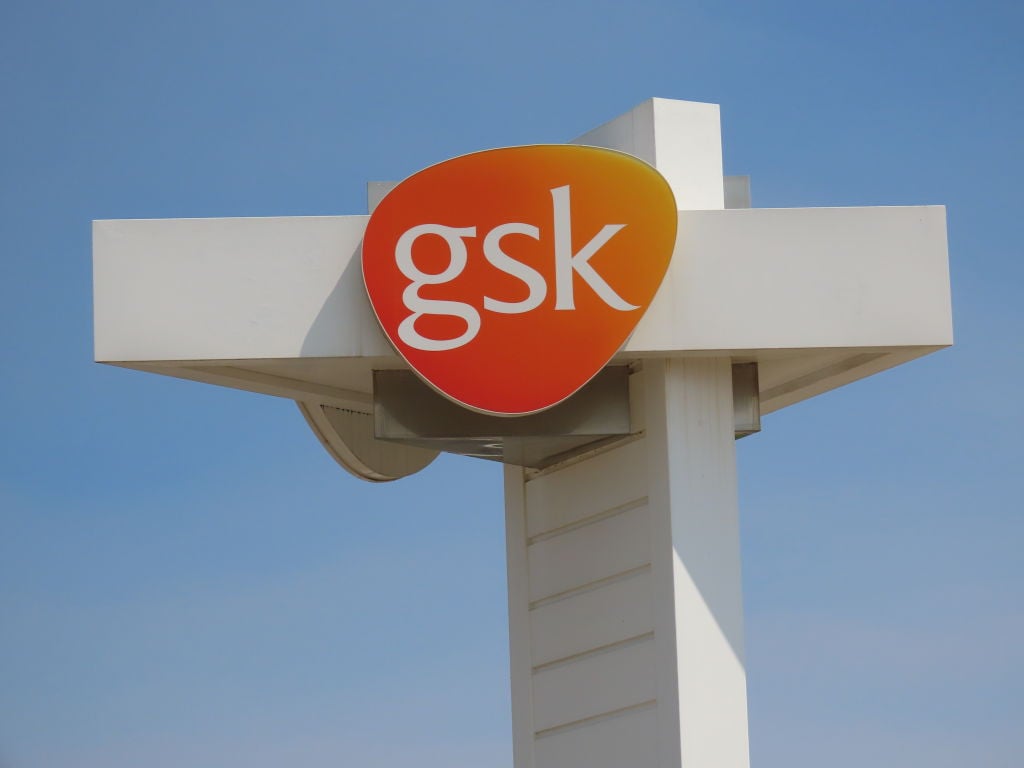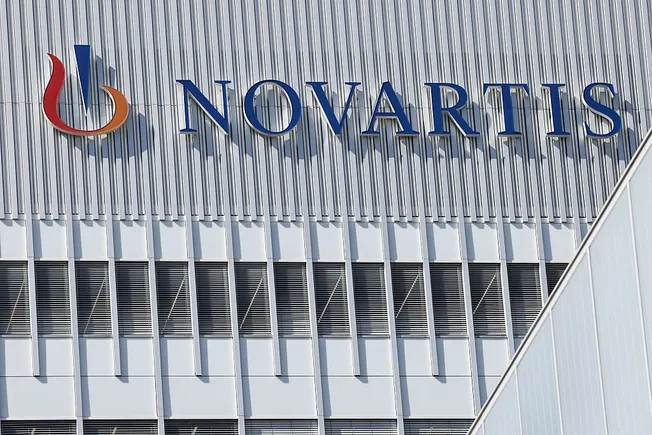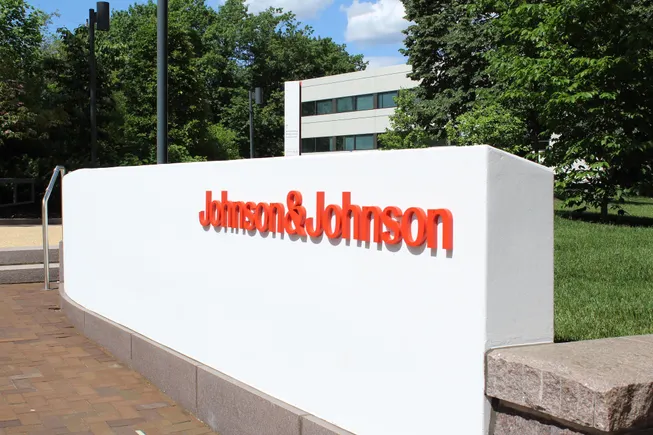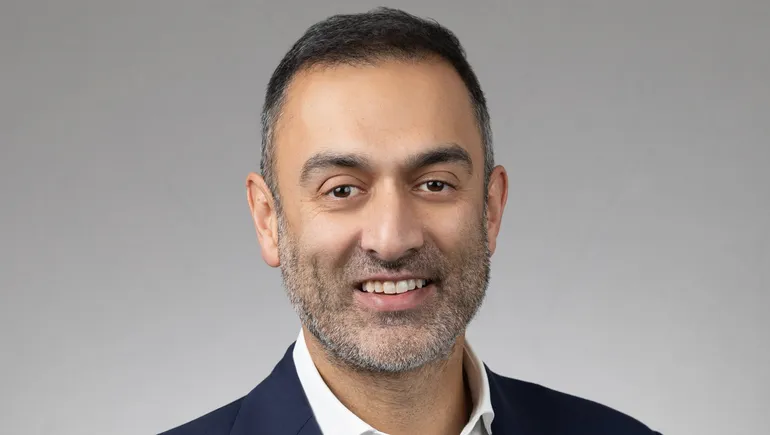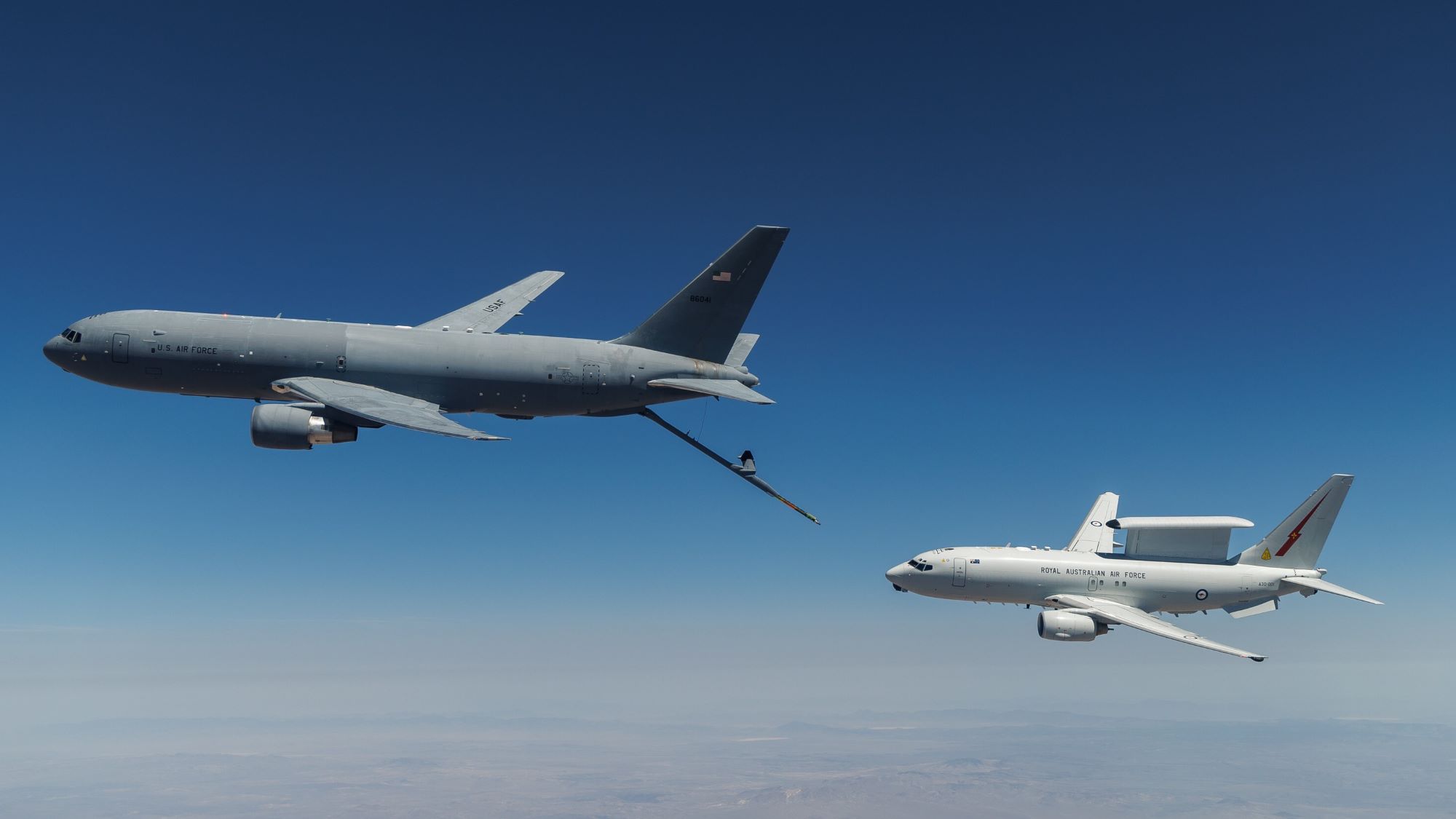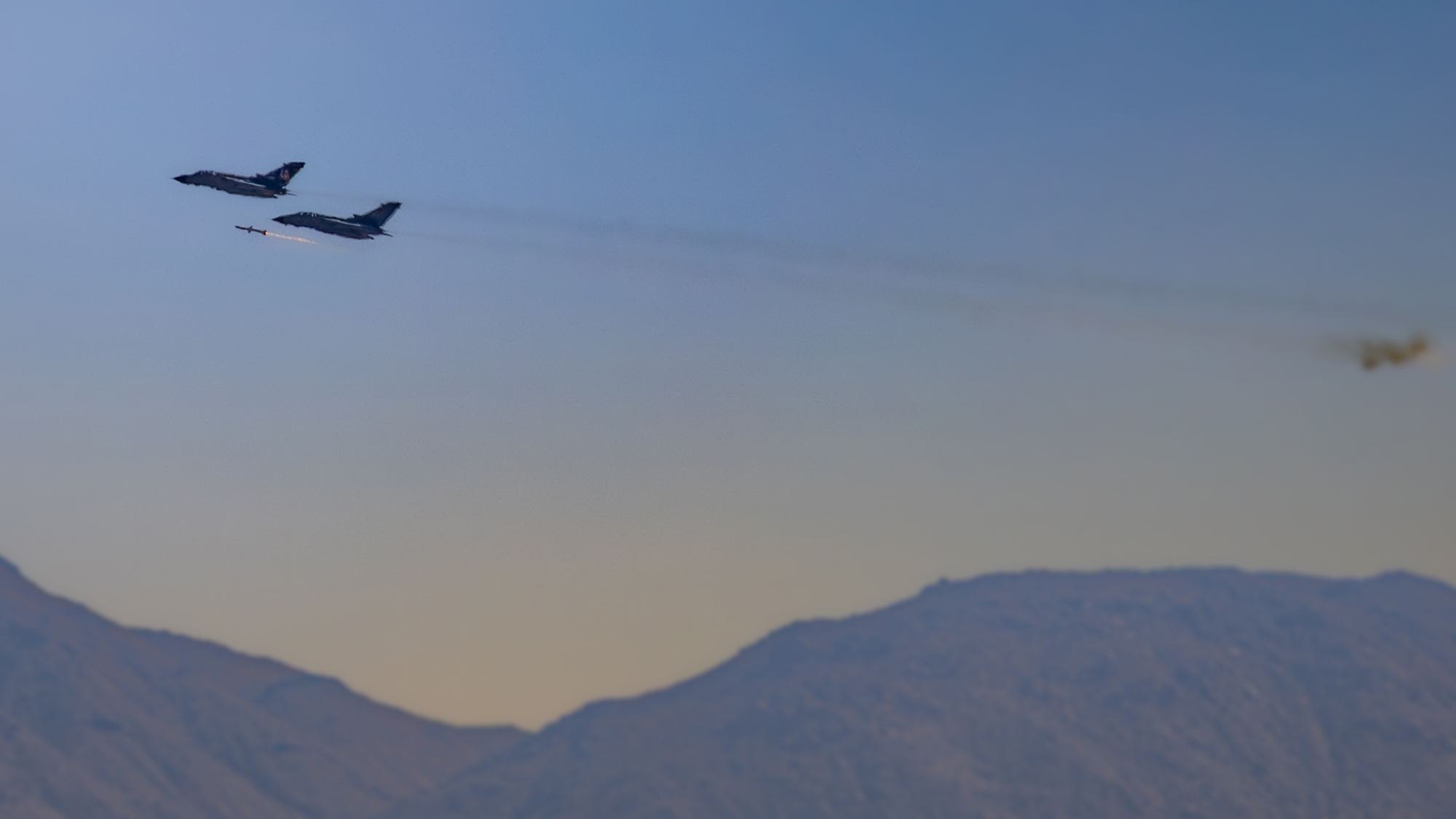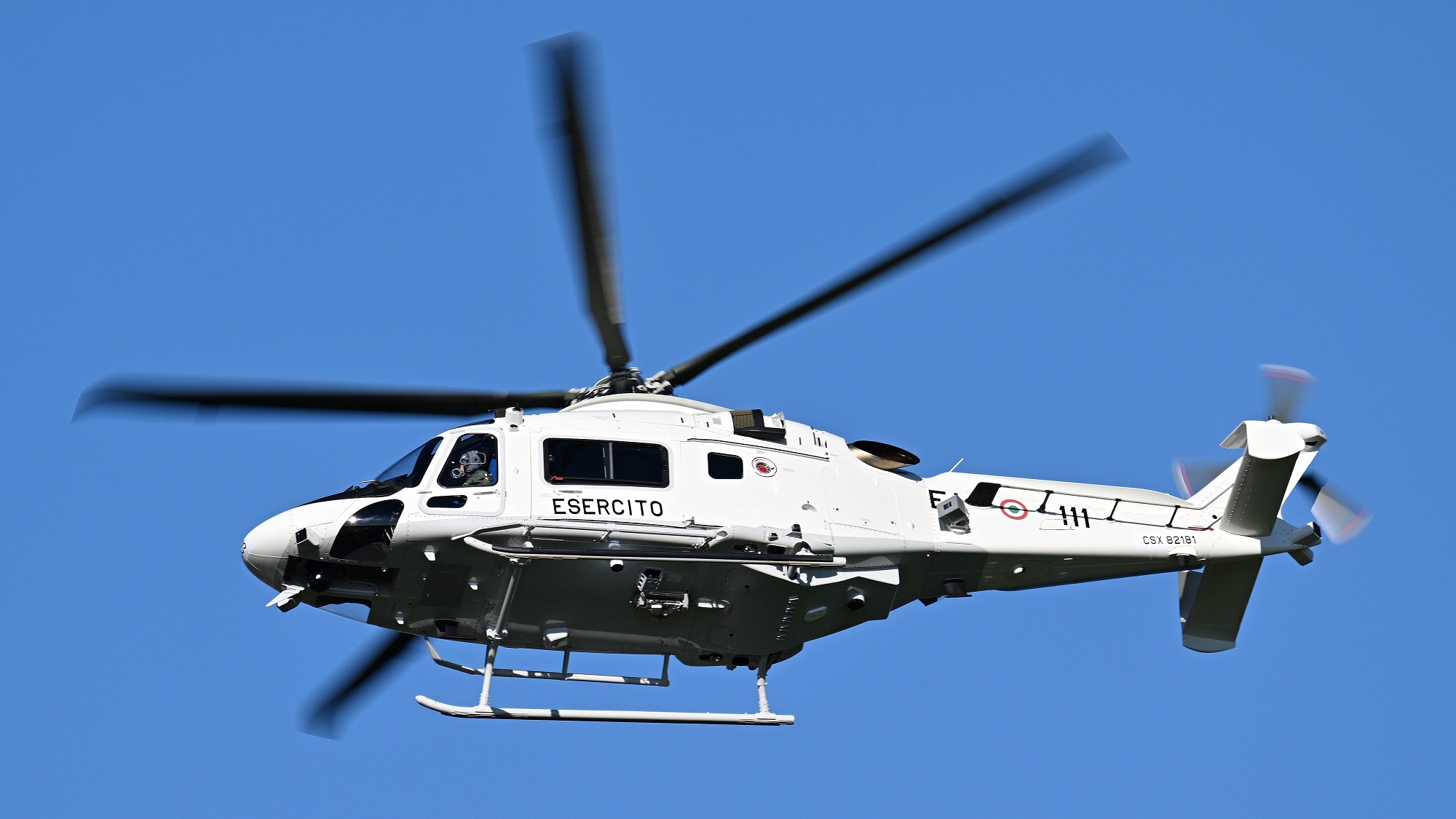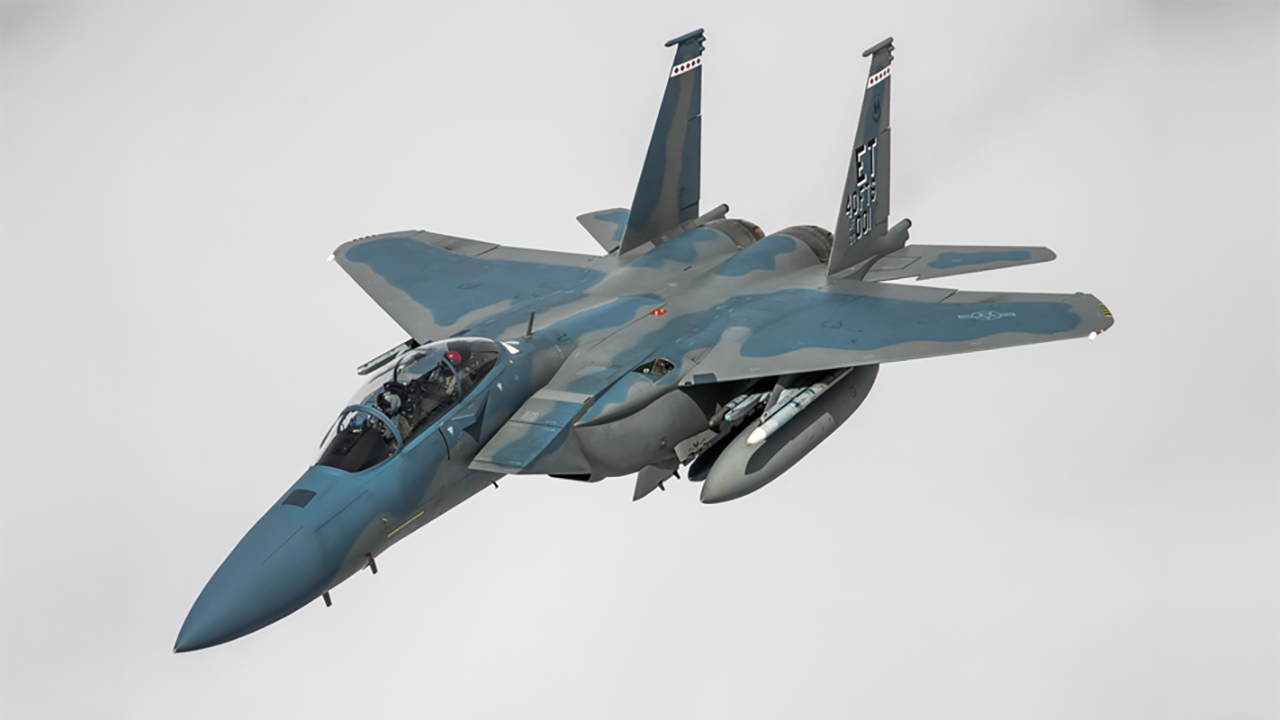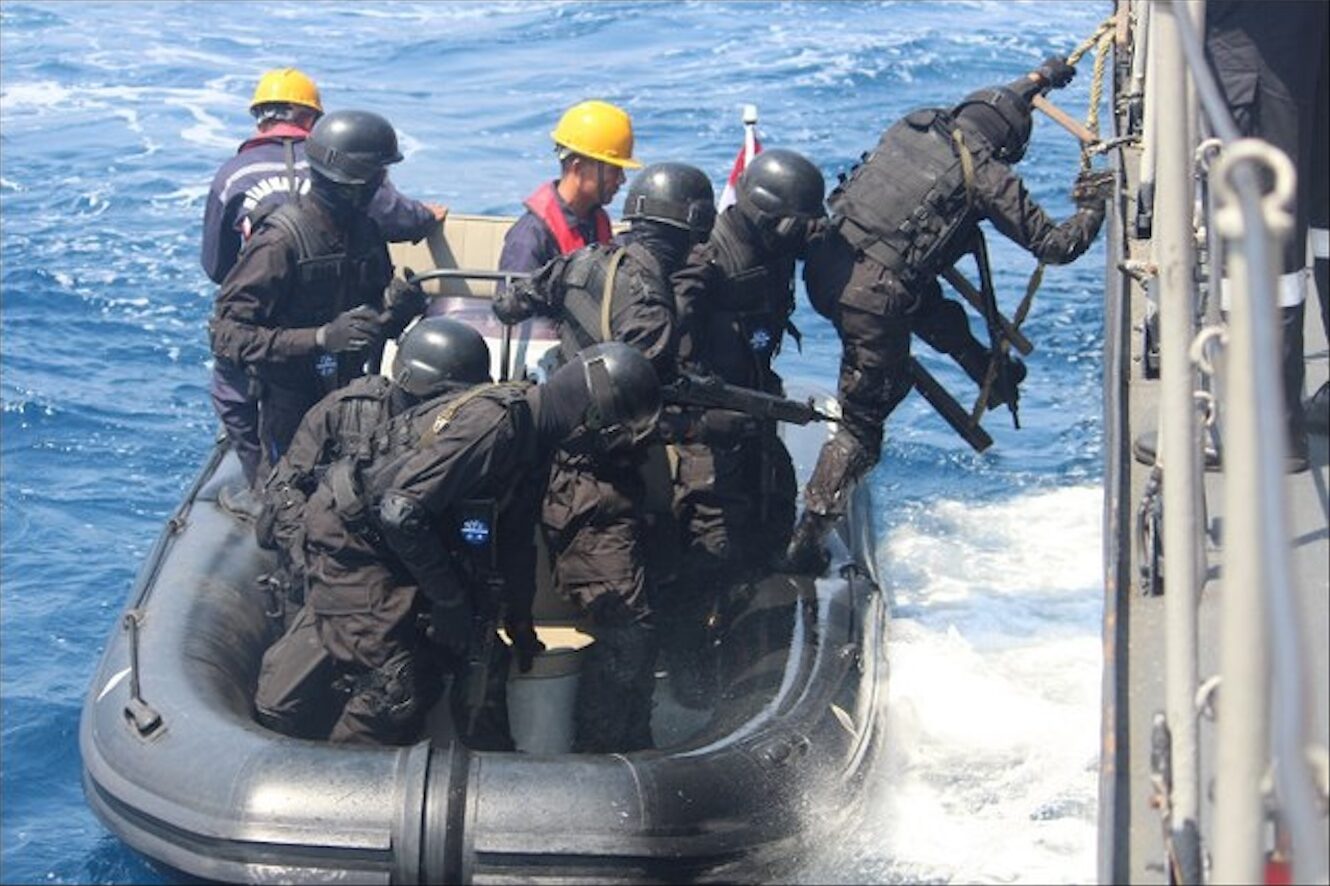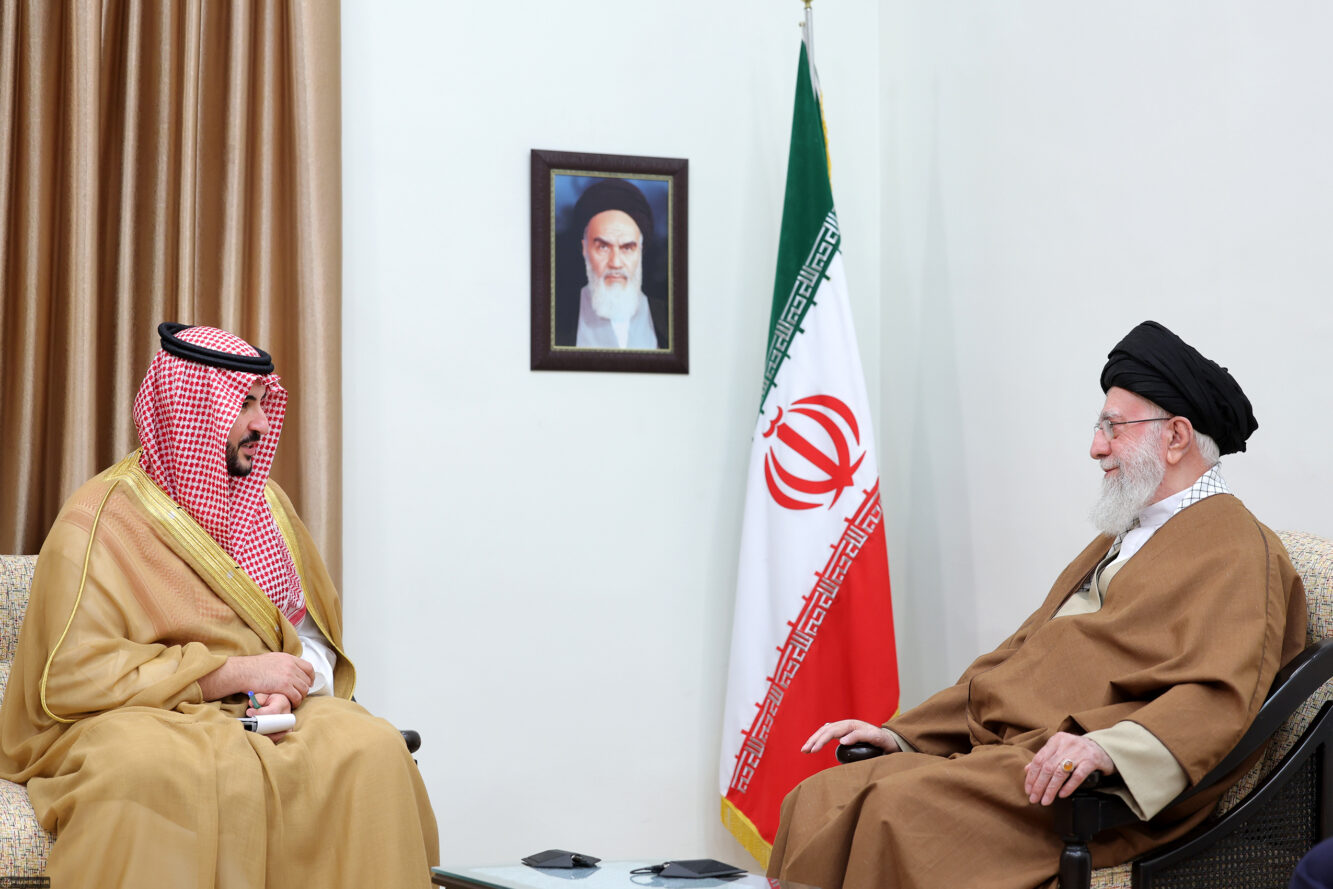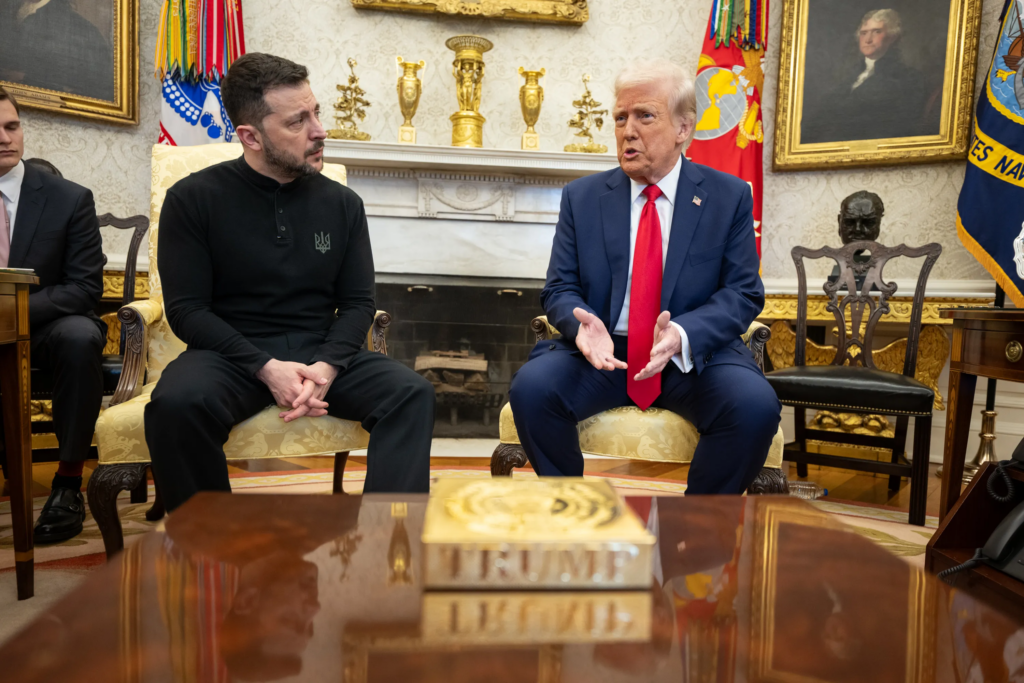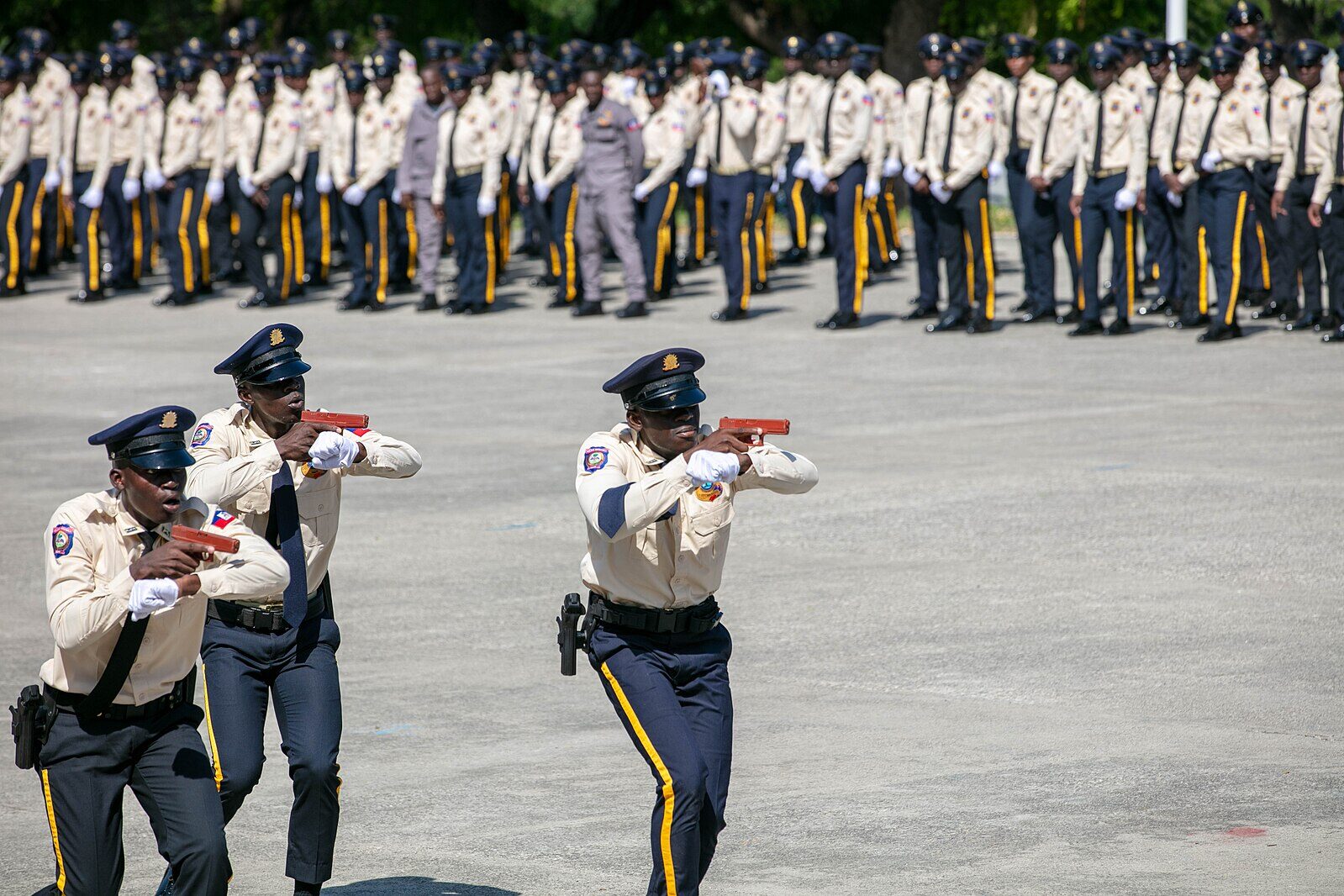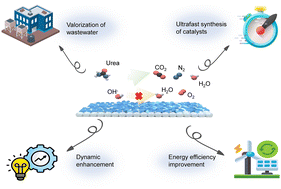L3Harris hopes reconciliation dollars for commercial tech will fund subscription-based models
The war in Ukraine, especially the lightning-fast EW struggle, has shown the value of subscription-style services for communications, L3Harris’s president of communication systems told reporters.


The United Kingdom is getting new radios for its Army. (Courtesy of L3Harris Technologies)
WASHINGTON — After lawmakers set aside $2 billion in its reconciliation bill for the Defense Innovation Unit to scale up commercial tech for military use, defense and commercial tech giant L3Harris is hoping the coming cash will be spent on updating communication systems, particularly with subscription-based models, a company executive said.
“We’d love to see, again, more emphasis on being able to modernize some of the comms that’s being used today, to be able to continue on the road of modernization,” Samir Mehta, L3Harris’s president of communication systems, told reporters Tuesday. “But also, again, use that funding to be able to adopt, to be able to more quickly embrace a business model. I’ll give you one example [… ] being able to use that type of funding to fund subscription-based models.”
Subscription-based models, also known as “as-a-service” models, are programs where the military can treat its new equipment as a subscription where companies provide goods or services on a rolling basis, allowing companies to continually provide the most up-to-date iterations.
Mehta said L3Harris provided an as-a-service model for a customer’s radio waveforms last year, but declined to disclose who the customer was.
“They didn’t just pay a whole bunch of money one time, get a waveform, access to a waveform, and then upgrade all the radios for the next seven years. Any improvements that we make to that specific waveform, they will get as part of their subscription model,” he said. “That’s a good example, in my mind, of something that we are a strong advocate for, again, very commercially based.”
The military has been experimenting with as-a-service models for years. For example, the Army issued a pilot for SATCOM-as-a-managed-service in 2023 and kicked off a radio-as-a-service pilot in 2022— the former getting mixed reviews from both industry and the military.
The model’s utility, Mehta said, has become obvious in the war in Ukraine, where technology is evolving at a lightning-fast pace, especially when it comes to communications and electronic warfare.
“We’ve delivered over 40,000 tactical radios to Ukraine, and it’s not a fire-and-forget, we don’t deliver these radios and then they just operate freely,” Mehta said.
“One of the areas where we think [Russia] exceeded expectations is their ability to employ electronic warfare, not only to jam and stop communications amongst allied forces and amongst the Ukrainians, but also be able to use RF [radio frequency] signals to do things like geo-locate. This is why we constantly reinvest in new software and new wave forms for all of our devices, to be able to upgrade them so that we continue to provide the right waveform for the right mission,” he said.
Mehta said that “in the fastest scenario,” L3Harris has been able to update its radios in Ukraine within three weeks of when a Ukrainian soldier indicates the current set-up has been compromised.
He described the process as “getting real-time information from warfighters in Ukraine about a new capability that they’ve encountered, getting information about what that capability is, turning our software engineers loose, and then being able to get them to overcome that update code, update software, [and] push that software over to the Ukrainians.”




















